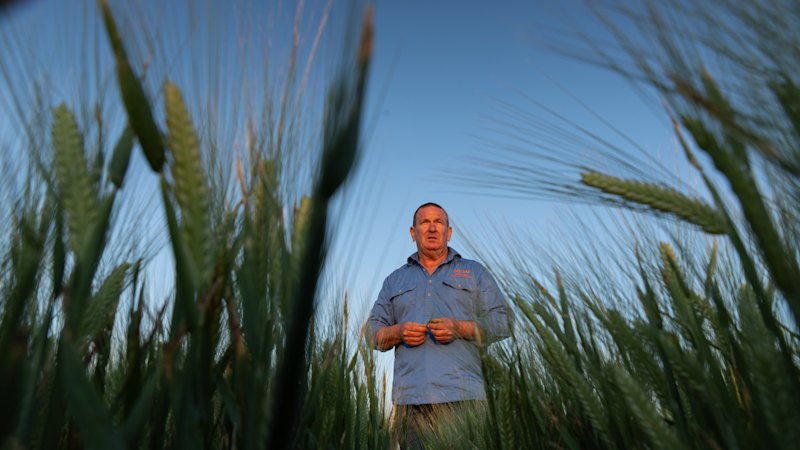
UPDATE: Victoria is on the brink of a transformative critical minerals agreement with the United States, but urgent warnings from farmers raise concerns about the potential risks to the state’s vital food production areas. The $13 billion deal aims to accelerate critical mineral projects, according to Tanya Constable, the chief executive of the Mineral Council of Australia.
Farmers like Tony Fox, who resides near proposed mining sites in Swan Hill, are voicing their fears over the expansion of mining activities that could threaten agricultural land. The state government has confirmed that Victoria holds “globally significant” reserves of minerals such as titanium, zirconium, and rare-earth elements, alongside the nation’s only operational antimony mine, crucial for battery and semiconductor production.
The Victorian government emphasizes that developing these resources will generate jobs, stimulate economic growth, and provide significant benefits to regional communities, stating it could inject billions into the economy. However, officials also recognize the challenges posed by Victoria’s limited land area and dense population, which could lead to increased opposition against further mining initiatives.
The government’s critical minerals roadmap highlights that “competing land uses, proximity to urban centers, and environmental considerations” may impact community confidence in mining operations. A spokesperson confirmed that there are currently over a dozen critical minerals projects in development across the state.
Despite the economic potential, Brett Hosking, president of the Victorian Farmers Federation, warns that the rush to extract critical minerals must not compromise Victoria’s agricultural heartland. “This can’t be a free-for-all driven by global politics,” Hosking stated. “We might be a small fish against these huge mining companies, but this land and these farmers matter and help provide food for millions.”
As the situation develops, the balance between economic growth and agricultural preservation remains a crucial concern for many in the region. With critical minerals primarily located in the Gippsland, Wimmera, and Mallee regions, the stakes are high for both the mining industry and local agriculture.
Key stakeholders are urged to monitor the evolving dynamics between resource development and agricultural interests as more details emerge. The potential ramifications of this landmark agreement will be felt across Victoria and beyond, making it a pivotal moment for both the economy and the state’s farming communities.





